
Flotation is the most extensive beneficiation method used by gold concentrators to process rock gold ore. It is often used to process gold-bearing sulfide minerals with high floatability. The flotation process can maximize the concentration of gold in sulfide minerals, the tailings can be directly discarded, and the cost of beneficiation is low. 80% of my country's rock gold mines use this process for beneficiation.
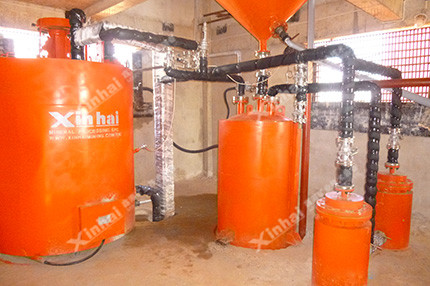
The CIL (Carbon In Leach) leaching process, that is, gold extraction by carbon leaching, is a process in which activated carbon is added to the pulp and the leaching and adsorption of gold are carried out at the same time. It simplifies the cyanidation in the CIP (Carbon In Pulp) process. The two steps of leaching pulp and activated carbon adsorption are one step, which reduces the loss while reducing management costs. Compared with the traditional CCD process, it saves 66% of the investment cost and is the preferred process for modern gold ore beneficiation.
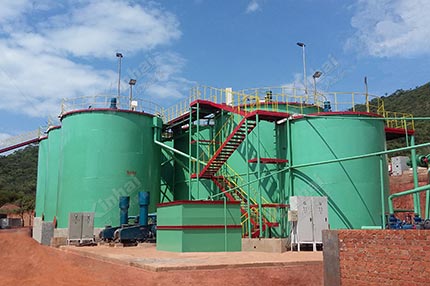
Gold mine CIP production line process is a non-filtered cyanide carbon slurry gold extraction process that uses activated carbon to directly adsorb and recover gold from cyanide pulp, including preparation of leaching pulp, cyanide leaching, activated carbon adsorption, and gold-loaded carbon desorption , Gold mud is obtained by electric shock, gold removal charcoal is recycled, and the processing of leaching pulp is seven operation stages.
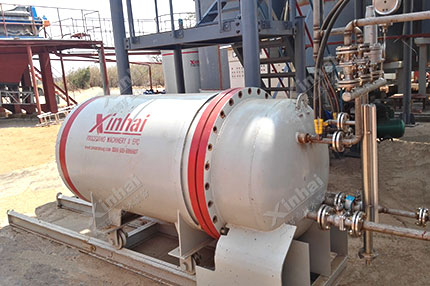
The gold ore heap leaching process is to crush low-grade gold ore to a certain size (or granulate), and pile it on a leak-proof bottom mat paved with materials such as asphalt, concrete or plastic, and use low-concentration cyanide, alkaline solution, Solutions such as non-toxic solvents or dilute sulfuric acid are sprayed on the ore pile to dissolve the gold, and the gold-containing solution is infiltrated from the ore pile, and then the gold is recovered by methods such as activated carbon adsorption or zinc powder replacement precipitation.
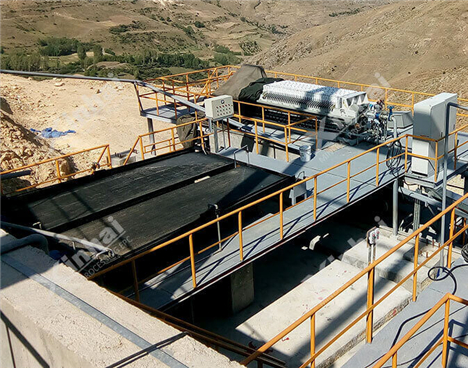
The purpose of the placer gold beneficiation process is to recover gold and various associated heavy minerals from gangue minerals as much as possible, and then use combined operations such as gravity separation, amalgamation, magnetic separation and electrostatic separation to remove gold and various associated heavy minerals. The heavy minerals are separated from each other to achieve the purpose of comprehensive recovery.

The process of heap leaching gold from gold ore is to crush low-grade gold ore to a certain size (or granulate), and pile it on a leak-proof bottom mat paved with asphalt, concrete or plastic, and use low-concentration cyanide, alkaline The solution, non-toxic solvent or dilute sulfuric acid and other solutions are sprayed on the mine pile to dissolve the gold, and the gold-containing solution is infiltrated from the mine pile, and then the gold is recovered by methods such as activated carbon adsorption or zinc powder replacement precipitation.
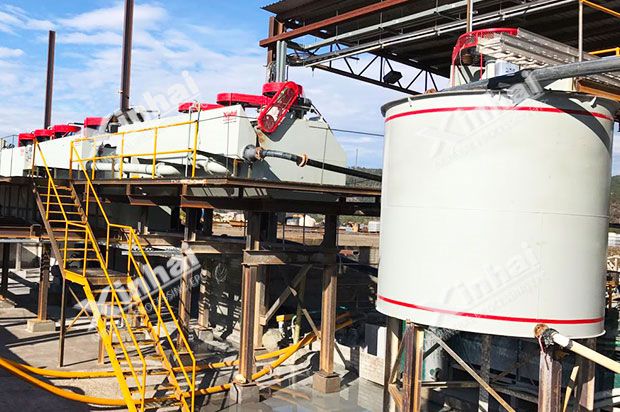
Adopting mixed flotation-concentrate regrinding process can reduce the grinding cost, and be easy to manage. Application of new non-toxic flotation reagents is efficient and environmental protection.
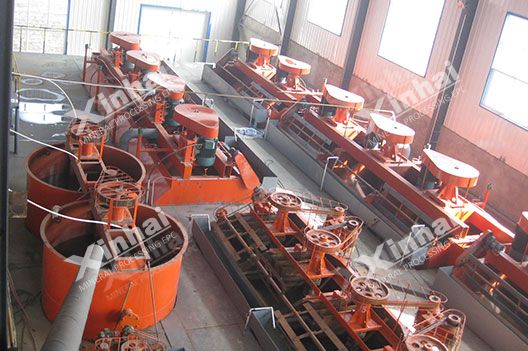
Coarse concentrate regrinding and re-separating improves the concentrate index; Determine concentrate regrinding and re-separating process according to the ore properties; To reduce energy consumption by 30%, recovery rate is increased by more than 10%.
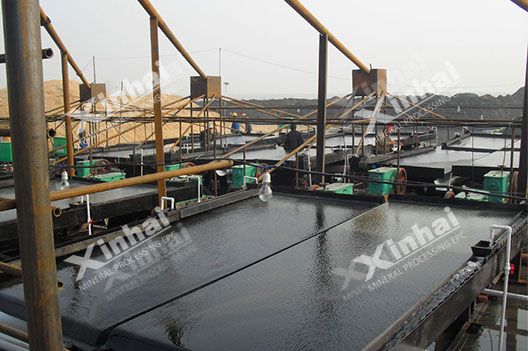
Wolframite consists of the quartz dyke type ores and veinlet tungsten ores. Dissemination size of ores is relatively coarse, so it is easy to separation. Xinhai wolframite mineral processing is a combined separating technology which mainly use gravity separation. And four stages are involved in this process, roughing, gravity separation, cleaning, and slime treatment.
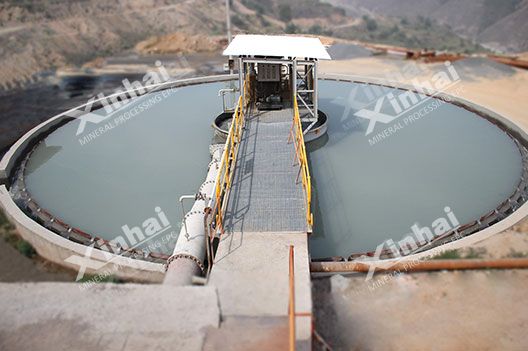
Scheelite dressing can use gravity, magnetic and flotation separation. The types and properties of the ore decide the separation methods and processes. Basing on good floatability of scheelite, the flotation is selected.
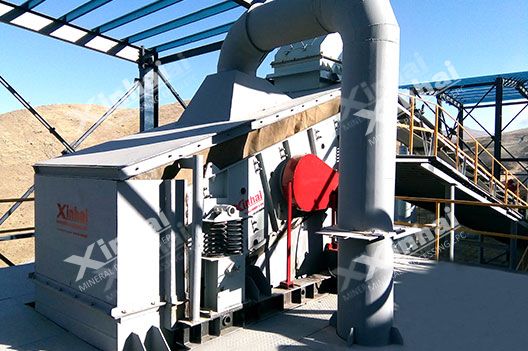
Proportion of antimony ore is far greater than proportion of gangue, so it will be separated by using the method gravity separation. This method has many features, high efficiency, energy saving, and environment protection, which can make the low-grade ore enrichment advance. After gravity separation, the antimony will be purified by floatation. So the processing method of Xinhai is gravity separation-flotation process.
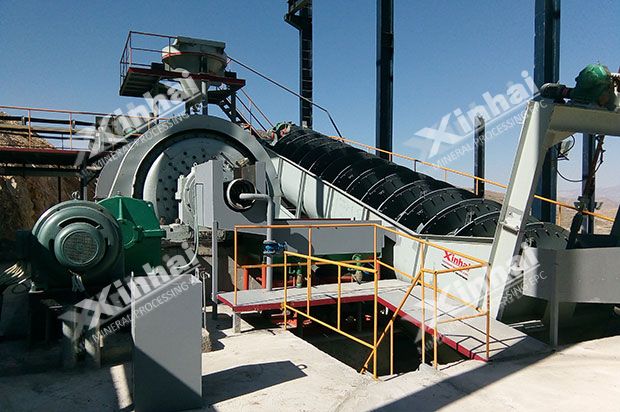
Nickel ore can be divided into copper sulfide nickel ore and nickel oxide ore. Flotation is the main beneficiation method when processing copper sulfide nickel ore, and magnetic separating and gravity separating are the commonly auxiliary methods.

The density of tin ore is larger than the paragenetic mineral, so the mining process of tin ore is gravity separation. However, all kinds of iron oxides exist in those ore, like magnetite, hematite, etc., which cannot be well separated by using gravity or flotation separation. Herein, magnetic separation and flotation separation will be used.
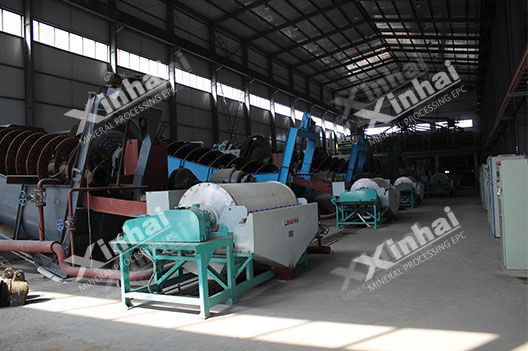
The hematite processing line adopting stage grinding and stage separation for high separation efficiency. The combination of strong magnetic separation and reverse flotation process ensures the concentrate grade and environmental protection.
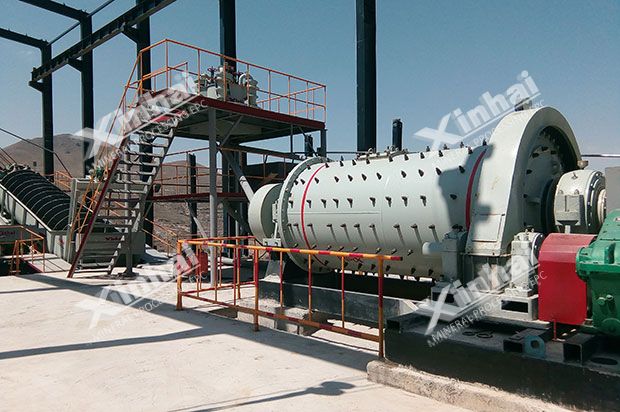
Magnetic separation places the leading position in iron ore separation. For weak magnetic and lean iron, Xinhai adopts gravity separation, magnetic separation, flotation, and roasting magnetic separation used for strong magnetic iron ore and magnetic separation.
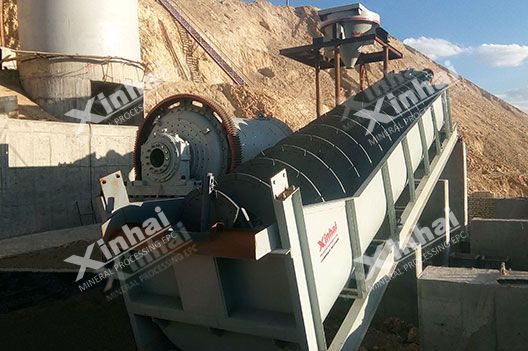
Manganese mineral belongs to the weak magnetic minerals, which can be recovered by high-intensity magnetic separator. Xinhai applies the magnetic process to separate manganese mineral, including two stages, rough separate the high-intensity magnetic ore and concentrate the medium intensity magnetic ore, thus improving the manganese grade by 4% to 10%.

Chrome ore deposits are mined by both underground and surface techniques. Most chrome ore must be processed by the chrome ore processing plants. the mainly chrome ore beneficiation method is gravity separation. So the mainly used chrome ore concentrating equipments are ore washbox (sometimes it is called jigger), concentrating table, spiral classifiers, etc.

According to different ore properties of phosphate, Xinhai designs many processes for it such as flotation, gravity separation, chemical leaching, combined dressing, photoelectric sorting, etc. Flotation is widely used in phosphate including direct flotation, reverse flotation, reverse flotation and flotation, and double-reverse flotation process.
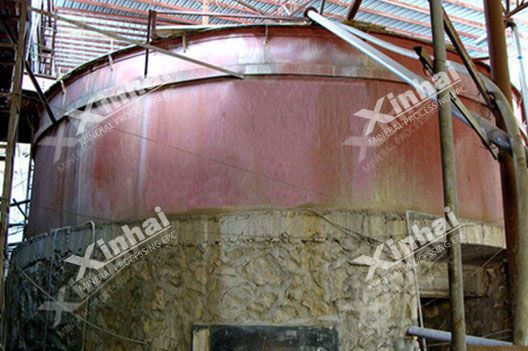
Barite is fragile and like a big tube. The separation methods of Xinhai are generally gravity separation, magnetic separation, and flotation.

The graphite mining processes are mainly the gravity separation process, froth flotation process, electric separation process, and the combination process. And froth flotation process is the main graphite ore processing method. Generally, 90%-97% grade of graphite concentrate can be obtained after the graphite flotation process. For the different graphite ore properties, the graphite mining processes are also different.
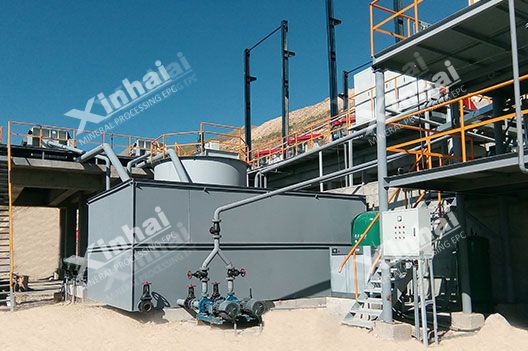
Process methods of fluorite ore are gravity separation and flotation. Mineral processing equipment includes gravity separation equipment and flotation equipment; Gravity separation equipment: jig, only jig can deal with the coarse fluorite ore. Fluorite is similar with other mineral flotation equipment including crusher, ball mill, flotation machine etc.
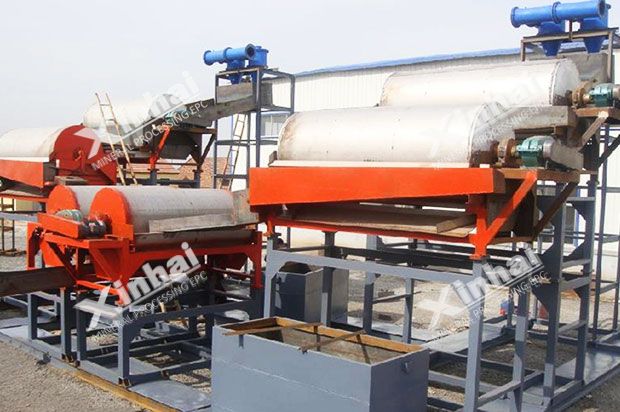
Quartz sand purification is removal of a small amount of impurities and the high difficulty separation technique to obtain refined quartz sand or high purity quartz sand. The purification technologies of quartz sand at home and abroad are washing, classifying and desliming, scrubbing, magnetic separation, flotation, acid leaching, microbial leaching, etc.

According to different feldspar mineral types and ore properties, Xinhai customizes a series of feldspar processing technology, including magnetic separation, flotation, gravity separation and combined technology. So as to achieve the removal of mica mineral impurities, etc., to obtain potassium and sodium feldspar concentrate, aiming to obtain high-grade feldspar concentrate.
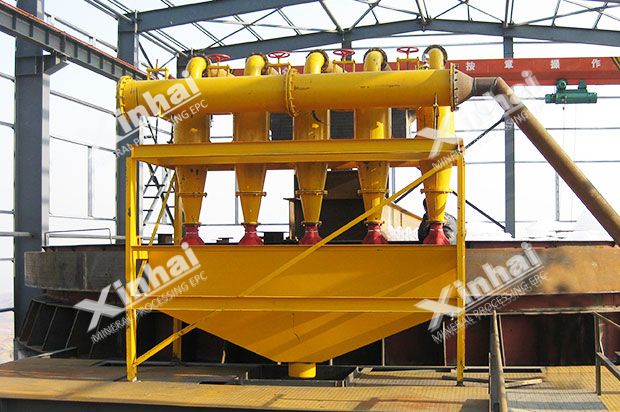
Xinhai tailings re-processing line, with the thought of protecting ecosystem and fully using resources, provide a re-processing for those valuable metal or non-metal tailings. According different property of all kinds of ore tailings, Xinhai can design reasonable process and fully find the value in the tailings.
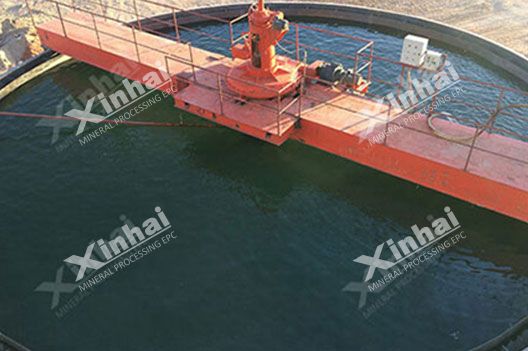
The water content of mineral tailings can be declined under 15%. Compared with the traditional tailing disposal technology, the cost saving is over 2 yuan/t. The working life of tailings dry stacking equipment is twice of traditional equipment, and the maintenance cost is lower. The mine applying tailings dry stacking technology was rated as Green Mine many times.